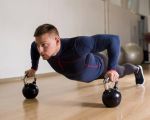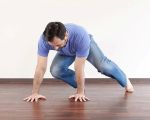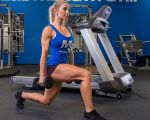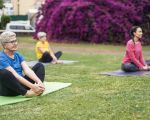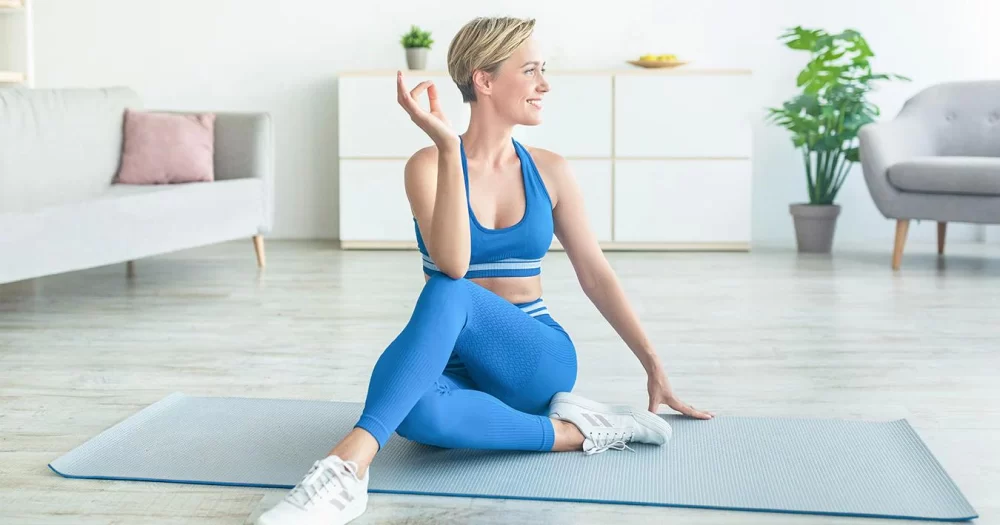
Stretching Routines for Better Mobility: Enhance Flexibility and Move with Ease
Have you ever felt tightness in your muscles, limited range of motion, or stiffness after a long day of sitting or physical activity? These are all signs that your mobility might need a little TLC. Whether you're an athlete, a fitness enthusiast, or simply someone looking to feel more comfortable and agile in daily activities, incorporating a stretching routine into your daily regimen can make all the difference.
In this article, I'll share how you can build effective stretching routines that not only improve flexibility but also enhance your overall mobility. The benefits of improved mobility extend beyond just feeling good – they can help reduce the risk of injury, relieve muscle tension, and even improve posture. Let’s dive into how you can get started on this journey!
Why Stretching Matters for Mobility
Stretching plays a critical role in improving mobility. Mobility refers to the ability to move freely and easily without discomfort or restriction. Unlike flexibility, which is about how far a muscle can stretch, mobility also involves the health of your joints and the coordination of your body’s movements.
When muscles are tight, joints become restricted, and our range of motion suffers. This leads to difficulties in performing daily tasks like bending down to tie your shoes or reaching overhead to grab something from a shelf. Stretching helps to elongate muscles, increase joint lubrication, and improve posture, all of which contribute to better mobility.
Key Areas to Focus on for Mobility
Before you start planning your stretching routine, it's essential to know which areas of the body typically need the most attention when it comes to mobility. Many people tend to neglect certain muscle groups, leading to tightness and restricted movement. These areas include the hips, lower back, shoulders, and hamstrings. Here’s why:
- Hips: Sitting for long periods causes the hip flexors to become tight, leading to poor posture and lower back pain. Stretching the hips is vital to counteract this.
- Lower Back: Tightness in the lower back can result from a combination of poor posture and sedentary habits. Stretching the lower back and surrounding muscles helps to alleviate tension and improve mobility.
- Shoulders: Many people experience shoulder stiffness due to poor posture or repetitive movements. Stretching the shoulders can help open up the chest, improve upper body mobility, and reduce discomfort.
- Hamstrings: Tight hamstrings are a common issue, especially for those who sit a lot. Stretching them improves leg mobility and posture.
How to Create an Effective Stretching Routine
Now that we know why stretching is essential and which areas to focus on, let's look at how to create an effective routine. To improve mobility, it's best to include both dynamic and static stretches in your regimen.
Dynamic Stretching for Mobility
Dynamic stretching is a type of stretching that involves moving your muscles and joints through a full range of motion in a controlled, smooth manner. It’s an excellent way to warm up before exercise or physical activity, as it helps increase blood flow and muscle temperature, making your muscles more pliable.
Examples of dynamic stretches include:
- Leg swings: Stand next to a wall for support and swing one leg forward and backward to loosen up the hips and hamstrings.
- Arm circles: Extend your arms to the side and make circles, gradually increasing the size of the circles. This activates the shoulder joints and helps improve mobility.
- Hip circles: Place your hands on your hips and make circles in both directions to warm up the hip area.
Static Stretching for Flexibility
Static stretching involves holding a stretch for an extended period (usually 15-30 seconds). This type of stretching is ideal for improving flexibility, and it can be done after a workout or any time you want to release muscle tension and improve joint range of motion.
Examples of static stretches include:
- Seated forward fold: Sit on the floor with your legs extended in front of you. Reach forward toward your toes, aiming to stretch the hamstrings and lower back.
- Cat-cow stretch: Get on all fours, arch your back up (cat) and then drop your belly down (cow). This movement helps with spine mobility and flexibility.
- Chest opener stretch: Stand tall and interlace your fingers behind your back, lifting your arms and opening your chest to stretch the shoulders and upper body.
Building a Mobility Routine That Works for You
As someone who has struggled with tightness in my own body, I can tell you that consistency is key when it comes to improving mobility. I started by setting aside 15-20 minutes each morning to go through a full-body stretching routine, and over time, I noticed significant improvements. Here’s what my typical routine looks like:
- 5 minutes of dynamic stretches to warm up my muscles.
- 10 minutes of static stretches focusing on the hips, lower back, and hamstrings.
- 5 minutes of foam rolling or massage for added tension release.
It’s important to listen to your body. If you feel any discomfort while stretching, ease up and never force a stretch. The goal is to gradually increase your flexibility and mobility over time, not to push yourself too hard and risk injury.
Making Mobility a Lifestyle
Stretching and mobility exercises shouldn’t be seen as a chore – they should become part of your daily routine. By incorporating mobility work into your lifestyle, you’ll not only improve your flexibility but also feel better overall. You’ll notice less stiffness, greater ease in movement, and less pain after long periods of sitting or standing.
For those of you who sit at a desk for long periods, taking short stretching breaks throughout the day can do wonders. Try standing up every 30-60 minutes, stretch your hips and back, and take a short walk. Small changes like these can make a huge difference in your mobility and overall well-being.


